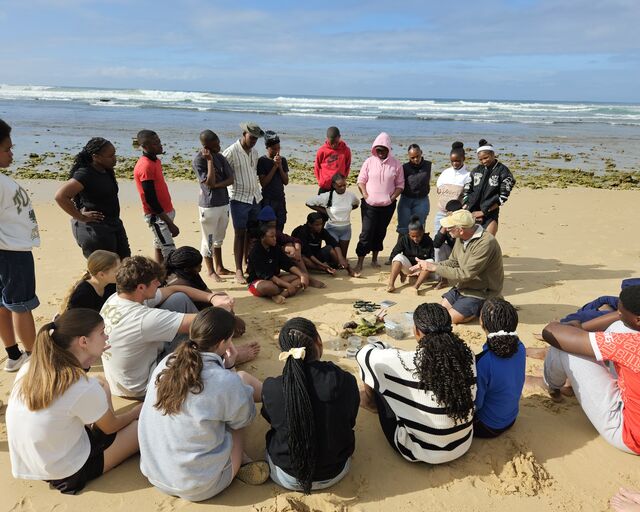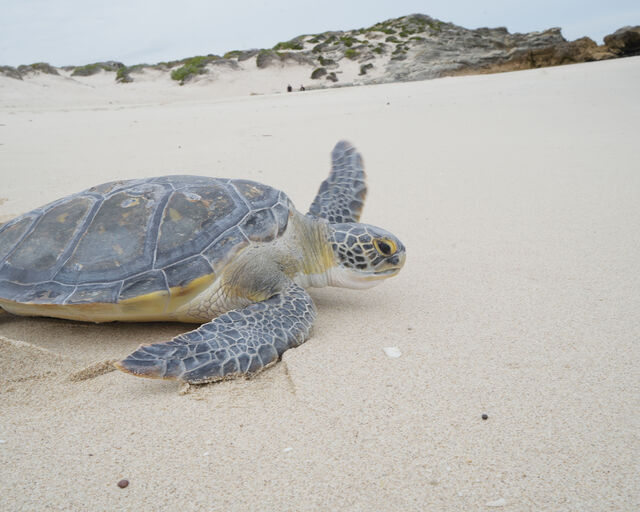Two Oceans Aquarium Foundation’s phenomenal women lead global team measuring conservation efforts
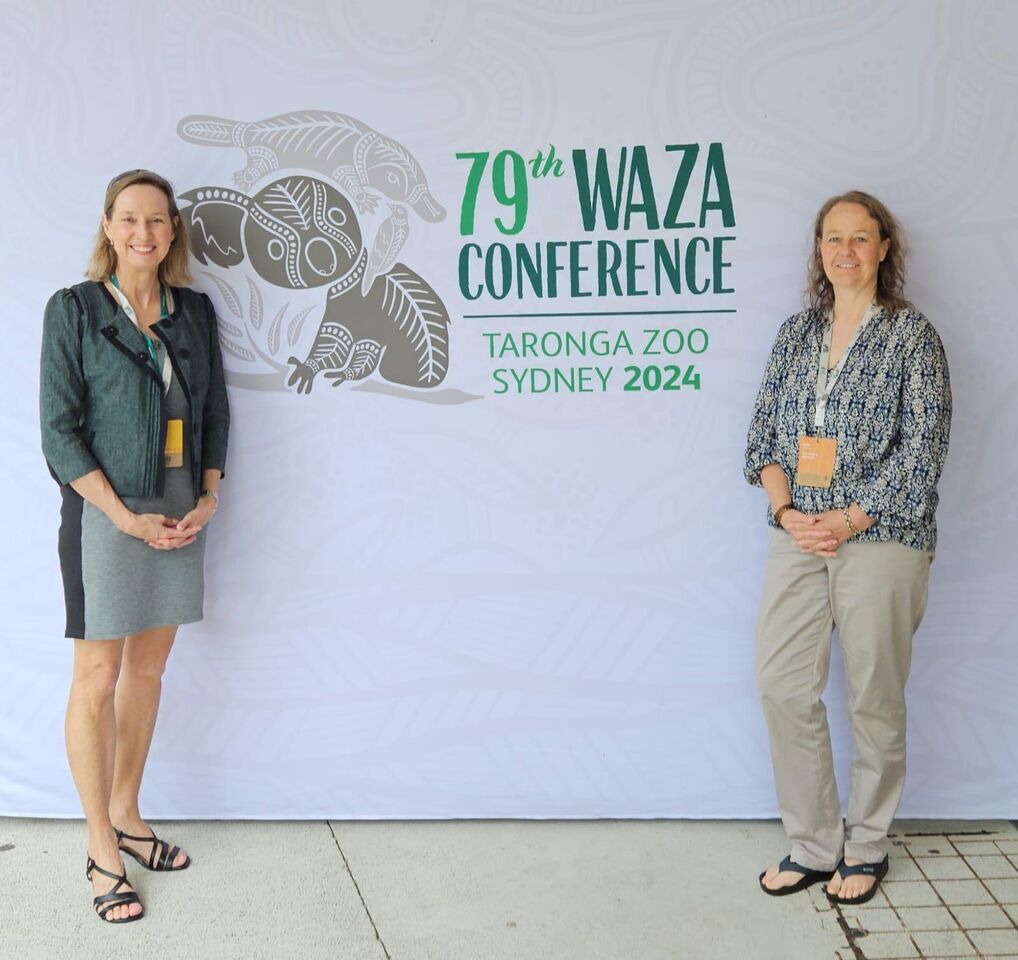
As the world hurtles toward 2030, by which date many countries have committed to protecting 30% of their land and sea to halt biodiversity loss, it’s vital that influential organisations contribute toward trying to hit the target.
Especially because most countries are woefully behind on their goals.
That’s why Dr Judy Mann-Lang and Helen Lockhart’s work for the World Association of Zoos and Aquariums (WAZA) will be pivotal in the race to keep the ocean as healthy as possible and mitigate the impacts of climate change in the run-up to 2030.
When Mann-Lang and Lockhart, who work for the Two Oceans Aquarium Foundation and the Two Oceans Aquarium, respectively, were interviewed, they had just returned from the annual WAZA conference. “One of the key outcomes was the approval from the WAZA community for us to start designing a WAZA 2030 conservation goal,” Lockhart says.
It means that by 2030, WAZA members and its associated zoo and aquarium organisations around the world will be measuring and reporting on their conservation actions.
“Between now and 2030, we have to define what conservation means to everybody and we have to work out how to measure conservation actions,” says Mann-Lang, who went on to use the quote about conservation needing to move beyond random acts of kindness.
“To a large extent, that’s what conservation has been in the past. Because we often still don’t know how to really measure our effectiveness. We can measure our ineffectiveness through the IUCN Red List,” Mann-Lang says.
Mann-Lang, as the chair of the Conservation and Environmental Sustainability Committee of WAZA, which is the biggest WAZA committee, will be supporting 28 members as they work to figure out these intricacies in the next year.
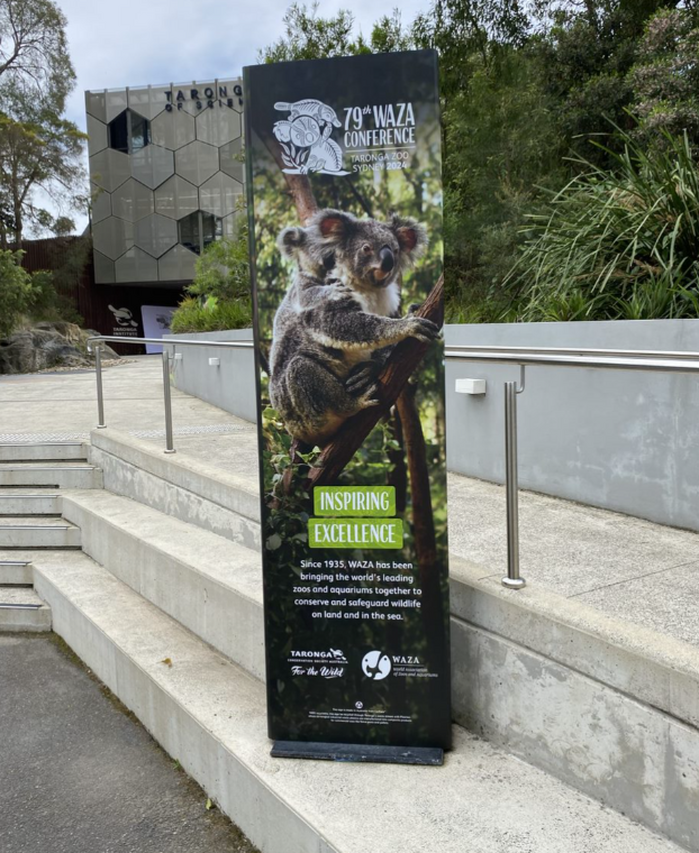
“Zoos and aquariums are ideally positioned to contribute significantly to global frameworks such as the Kunming-Montreal Global Biodiversity Framework. The WAZA 2030 Conservation Goal will seek to align the efforts of zoos and aquariums with such frameworks so that they can actively and meaningfully contribute to achieving the global biodiversity targets” says Lockhart. “Focusing our considerable efforts and measuring and evaluating these will increase our effectiveness globally and ensure that we’re acting in line with our vision and missions which are ultimately all about conservation and halting biodiversity loss so that nature and people benefit”.
But it’s going to take time, says Mann-Lang. “We're looking at over 400 organisations across the entire world. But if we can start to measure the conservation impact, we’ll start to show effectiveness and talk as one voice.”
“If you look at organisations like San Diego’s Zoo Wildlife Alliance, their contribution to conservation is right up there with The Nature Conservancy, with the big, big players. So, too, for the Bronx Zoo’s Wildlife Conservation Society. They're running field programmes around the world and investing millions of dollars into conservation. But we don't talk about their conservation work as part of zoos and aquariums. So, we really need to look at the collective impact of zoos and aquariums and ensure that every single one is both recognised and is doing something for conservation that we can measure.”
Measuring impact, though, is much easier said than done. For instance, how do you attribute impact to the various organisations that may be working toward the conservation of the same species?
To do the work, the WAZA Conservation and Environmental Sustainability Committee has been split into two sub-committees – a sustainability committee and a conservation committee. The conservation committee has two co-chairs, with Lockhart being one of them, and the other being James Biggs, Director of Conservation and Population Management at the Zoo and Aquarium Association for Australasia (ZAA).
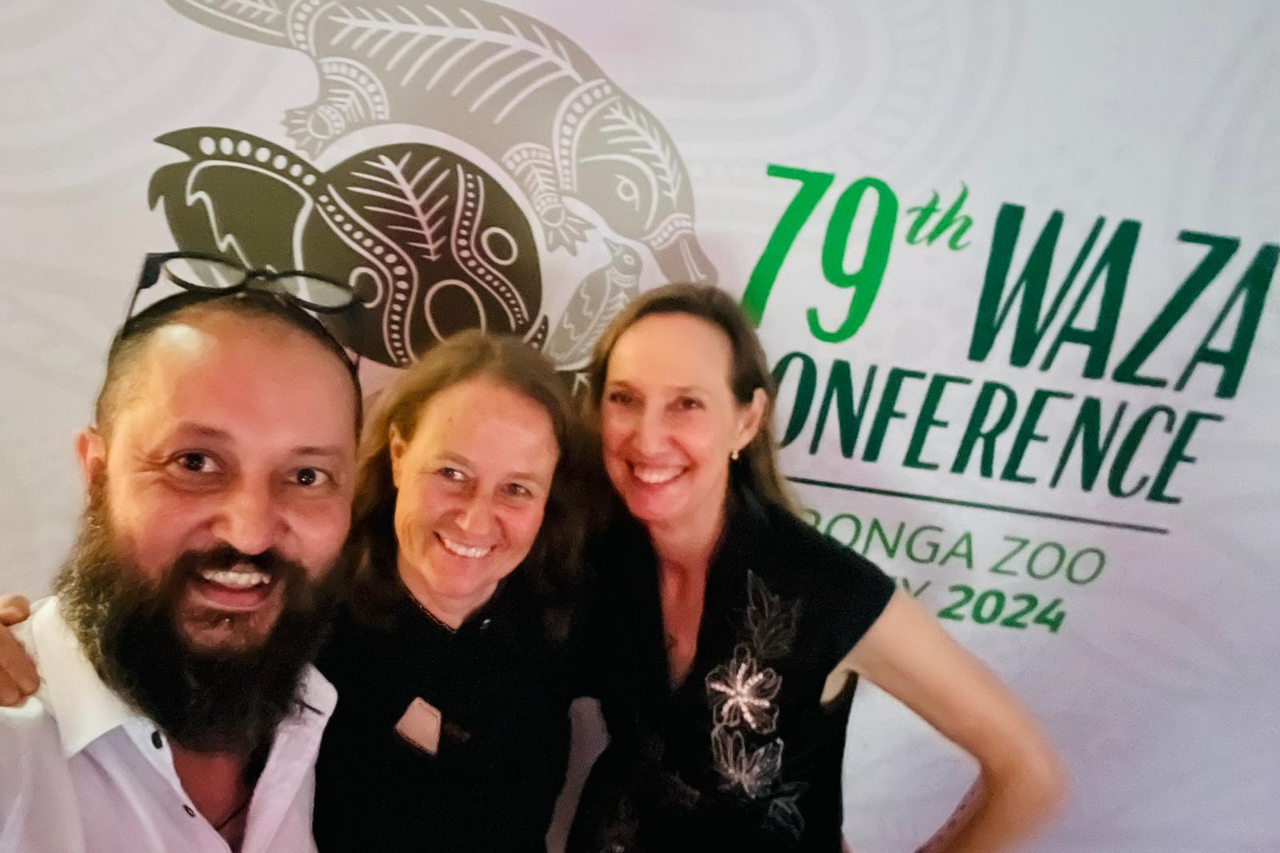
Mann-Lang, Lockhart, and Biggs, supported by WAZA staff, will guide the committee as it wrestles with measuring impact.
“How do we measure our conservation impact on turtles, for instance? We do rehabilitation work at the Foundation’s Turtle Conservation Centre, but what is the real impact on turtles in the wild? What is the impact of the campaigns such as MPA Day, or the African Penguin #NotOnOurWatch initiative? What difference are we making? We need to focus on designing programmes that have measures built into them so that we can evaluate the impact,” says Mann-Lang.
“I think evaluation is going to be increasingly important in the future. Not just impact evaluation, but effect. We might not necessarily see a direct impact, but what is the effect we’re having toward that impact? Sometimes we need to look at contribution, not attribution,” she says. “If we save the African penguin, what role did Penguin Promises play in it? What role did #NotOnOurWatch play? What role did the BirdLife South Africa and the Southern African Foundation for the Conservation of Coastal Birds’ court case against the government play?”
If WAZA can get it right, not only will over 400 zoos and aquariums around the world benefit, but the research and techniques developed could help many organisations, which may not have the same sort of resources as WAZA, to develop similar programmes with big impact, but without having to reinvent the so-called wheel.
In the meantime, the IUCN’s Red List continues to grow and while that may signal a level of ineffectiveness, Mann-Lang, who has founded and co-founded many conservation projects including Reverse the Red, MPA Day, and the #NotOnOurWatch African penguin survival campaign, also points out that it’s important to look at the counterfactual argument.
“If we’d done nothing, where would we be?” she asks. “I think it’s a really important point and often overlooked. If we hadn’t done anything, we would be in a far worse state. So, although we lament where we are, we’re not as bad as we could have been if we hadn't done anything.”
Given Mann-Lang and Lockhart’s dedication to marine conservation for over 30 years, and their relentless drive to make a difference, there’s no doubt that the ocean would be in a worse state if it weren’t for them. And that’s what makes these two people phenomenal women.
Related News
Sign up to our Newsletter
Receive monthly news, online courses and conservation programmes.
